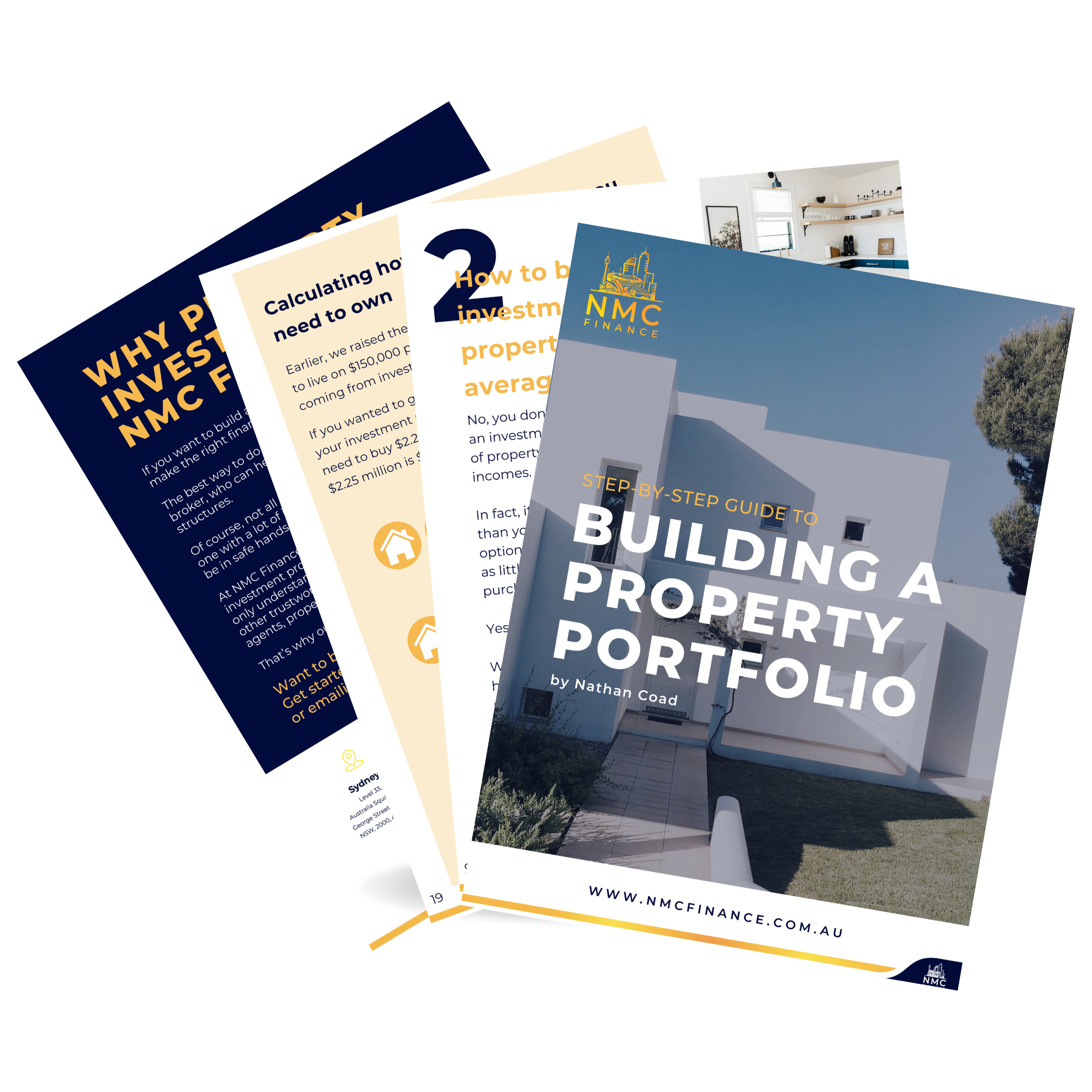The world of mortgages can be a confusing landscape filled with myths and misconceptions. These can be misleading for potential homebuyers, delaying their entry into the property market or even costing them in the long run. Let’s debunk five common mortgage myths and set the record straight.
Myth 1: You need a 20% deposit to buy
When it comes to buying a home, many people believe that a 20% deposit is a must-have. However, this is not entirely true and is one of the most common mortgage myths. Even though a 20%+ deposit can offer benefits such as lower monthly repayments and competitive interest rates, it is not a mandatory requirement. In Australia, it is possible to purchase a home with a deposit of as little as 5%. Although, there may be additional costs involved, such as Lenders Mortgage Insurance (LMI).
LMI is a kind of insurance designed to protect lenders, such as banks or financial institutions. It is typically required when borrowing with a deposit of less than 20% of the purchase price. In other words, a lower deposit is considered a higher risk, and lenders may require LMI to compensate for this. The cost of LMI varies depending on a few factors. Including the size of your loan, the percentage of the property’s value borrowed, and the lender’s individual policies. While it protects the lender, LMI also benefits borrowers by allowing them to obtain a mortgage with a lower deposit.
Myth 2: Extending your home loan to 30 years with another lender will cost you more in interest
This is a common misconception and often leads people to make financial decisions that may not be in their best interest. In reality, refinancing your home loan with a new 30-year term, even with another lender, doesn’t necessarily mean you’ll pay more interest. Here’s why:
- Maintain current repayments: You have the option to maintain the same monthly repayments as with your previous lender. If you are able to secure lower interest rates in the process, you’ll actually pay less interest over the life of the loan, even with the extended 30-year term.
- Flexibility and options: a new 30-year loan term can provide you with flexibility. You can also make additional payments or refinance again with a shorter term later on to accelerate your mortgage.
Here’s an example: Suppose you took out an initial 30-year home loan of $500,000 at an interest rate of 5% with monthly repayments of approximately $2,684. Over the course of the loan you would pay a total of $466,279 in interest. A few years into your loan, you decide to refinance with a different lender who offers you a new 30-year loan at a lower interest rate of 4% and your remaining balance is $475,000. If you continue to make the same repayments ($2,684) you’ll actually pay off your loan in about 20 years and 1 month (not the full 30 years). During this time, you’ll pay roughly $154,792 in interest compared to $466,279 with your previous 30-year loan.
Myth 3: You can’t get a loan with bad credit
While a good credit score is beneficial for your application, a less-than-perfect credit score doesn’t automatically disqualify you from obtaining a mortgage. In this scenario, finding an experienced mortgage broker makes all the difference. They will work with you and the lender to find suitable loans or offer guidance on improving your credit score before you apply.
Myth 4: You must stick with your original lender
This myth can carry significant financial implications for homeowners and is often referred to as “loyalty tax”. While not a tax per se, complacency and loyalty in customers can be exploited by lenders, resulting in existing customers missing out on a better loan. To avoid paying a premium on your mortgage, contact your broker regularly to discuss refinancing and whether there are better deals out there. Your broker will compare the market and potentially find you a lower rate or improved loan features. Refinancing isn’t always the solution, but the myth that you have to stick with the same lender for the entire term of your loan is inaccurate.
In the ever-evolving landscape of home loan financing distinguishing between fact and fiction is crucial. The five mortgage myths above can be misleading for prospective buyers, potentially costing them money or limiting their options. To debunk them once and for all:
- A 20% deposit is not a requirement
- Refinancing to a new 30-year loan elsewhere will not cost you more in interest
- You can get a loan with less-than-desirable credit scores
- You do not need to stick with the same lender for the entirety of your loan
Seeking advice from a knowledgeable and trusted mortgage broker will ensure informed decisions and help you navigate the market with confidence.
This blog is intended for general informational purposes only. For personalised advice tailored
to your unique financial situation, please contact NMC Finance.

